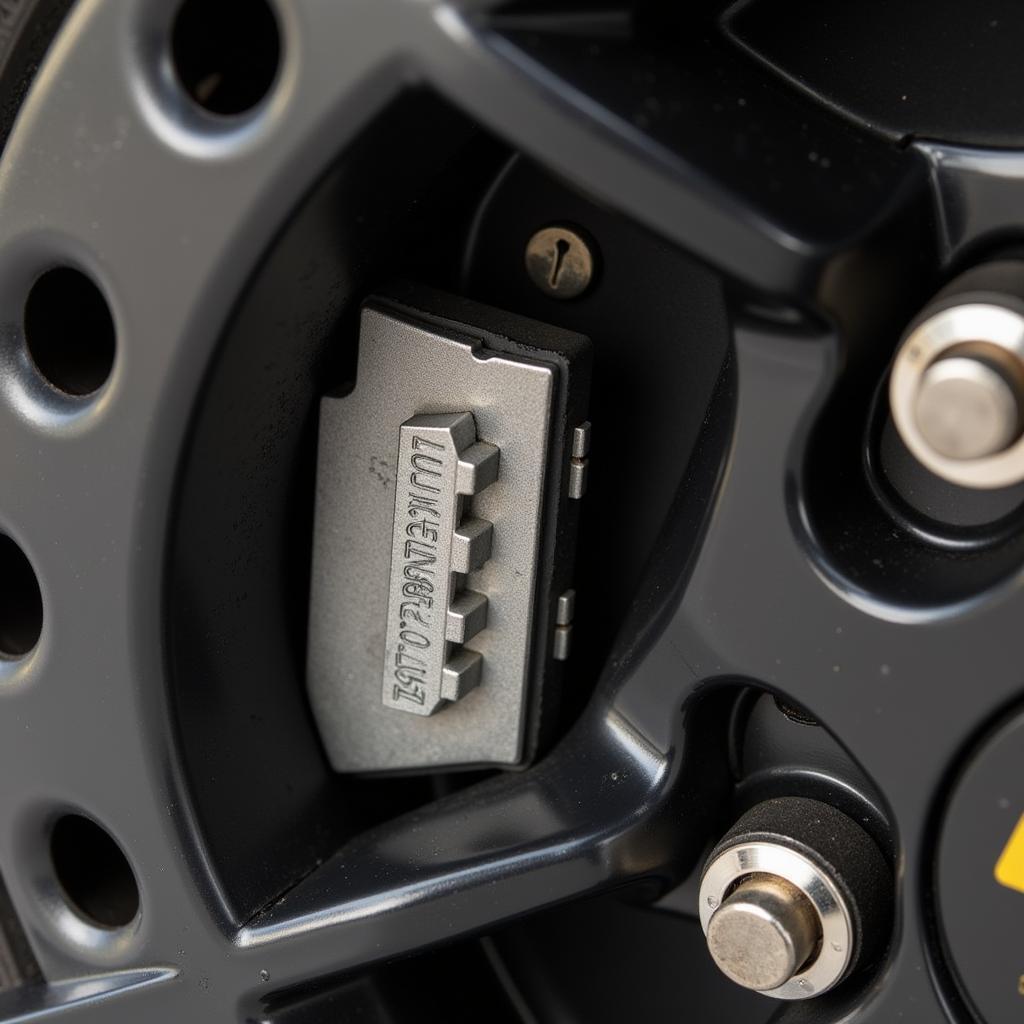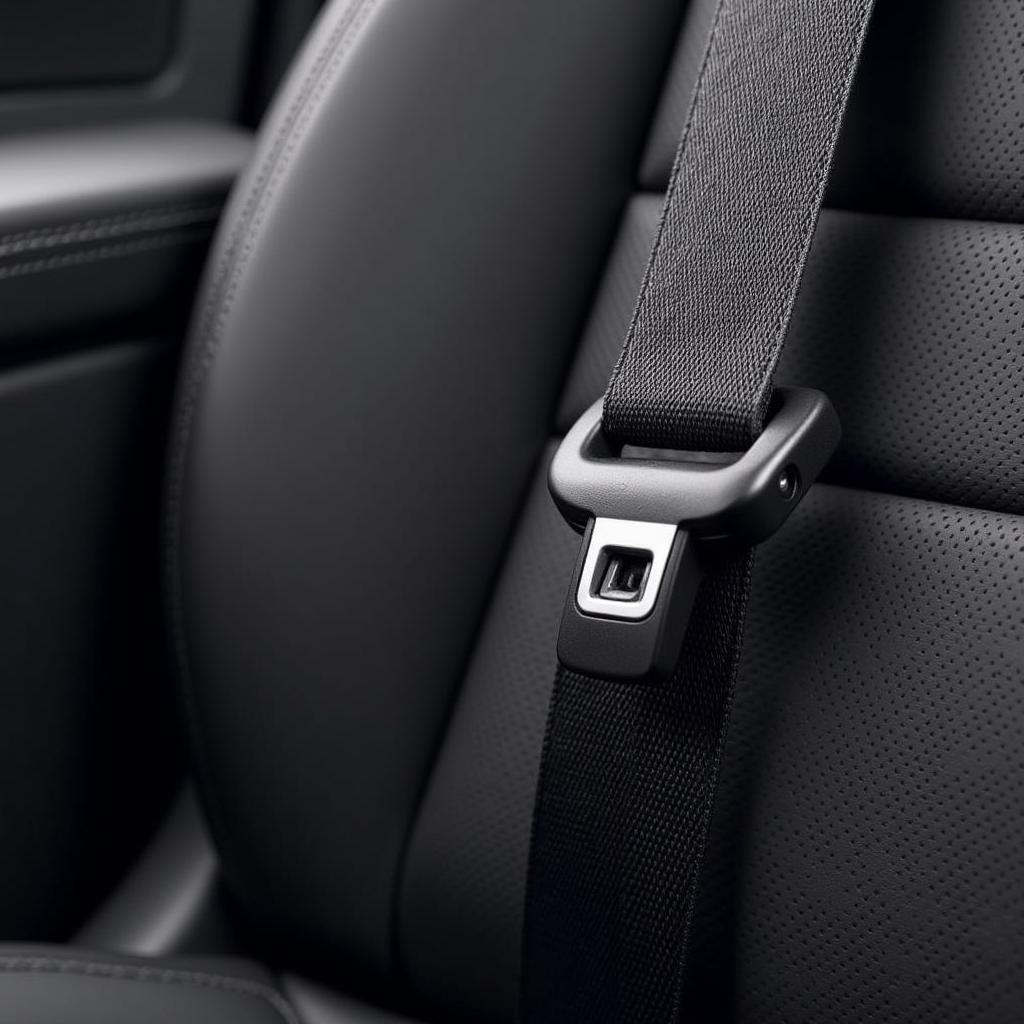Experiencing the frustration of turning the key in your car’s ignition, only to be met with silence? A dead battery is one of the most common culprits behind a car that won’t start. But why does a car battery die, and what can you do to get back on the road? This comprehensive guide delves into the reasons behind a drained battery, provides troubleshooting tips, and offers solutions for getting your vehicle started again.
Understanding Car Batteries and Why They Drain
Your car battery is the heart of its electrical system, providing the initial power surge needed to start the engine and power various electrical components. Over time, batteries naturally lose their ability to hold a charge, eventually leading to a drained battery and a car that won’t start.
Here are some common reasons why your car battery might be drained:
- Age: Car batteries have a limited lifespan, typically lasting around 3-5 years. As a battery ages, its internal components degrade, reducing its capacity to hold a charge.
- Extreme Temperatures: Both extreme heat and cold can negatively impact battery performance. High temperatures can accelerate the internal chemical reactions within the battery, leading to faster discharge. Conversely, cold temperatures can cause the battery fluid to thicken, making it harder for the battery to deliver sufficient power.
- Parasitic Drain: Even when your car is turned off, certain electrical components, such as the clock, radio presets, and security systems, continue to draw a small amount of power. Over time, this parasitic drain can gradually discharge the battery, especially if your vehicle sits unused for extended periods.
- Faulty Alternator: The alternator is responsible for recharging the battery while the engine is running. A malfunctioning alternator fails to replenish the battery’s charge, eventually leading to a dead battery.
- Leaving Lights On: Accidentally leaving your headlights, interior lights, or other electrical accessories on can quickly drain your battery, leaving you stranded.
Troubleshooting a Drained Battery
Before assuming a dead battery is the culprit, it’s wise to rule out other potential issues:
- Check the Battery Terminals: Corrosion on the battery terminals can disrupt the flow of electricity. Inspect the terminals for any white or greenish buildup. If present, clean them with a wire brush and a baking soda and water solution.
- Inspect the Battery Case: Look for any signs of physical damage to the battery case, such as cracks or bulges. A damaged battery requires immediate replacement.
- Test the Battery Voltage: Using a multimeter, check the voltage across the battery terminals. A fully charged battery should read around 12.6 volts. A reading below 12 volts indicates a drained battery.
How to Start a Car with a Drained Battery
If you’ve determined that a drained battery is the cause of your car troubles, there are a few ways to get your vehicle started:
- Jump Starting: Jump starting involves using jumper cables to connect your dead battery to a healthy battery from another vehicle. This process provides a temporary boost of power to start your engine. Learn how to turn off anti theft Prius c for a smooth jump-start if you own this car model.
- Using a Battery Charger: A dedicated car battery charger can gradually recharge your battery over several hours. Connect the charger to the battery terminals and plug it into a power outlet.
- Push Starting: Push starting, also known as bump starting, is a viable option for manual transmission vehicles. This method involves engaging the clutch while the car is rolling, then quickly releasing the clutch to crank the engine. However, it’s not recommended for automatic transmissions.
Preventing Future Drained Batteries
Once you’ve successfully started your car, consider these tips to prevent future battery issues:
- Regular Battery Maintenance: Regularly inspect your battery terminals for corrosion and clean them if necessary. Additionally, consider having your battery professionally tested every couple of years, especially as it ages.
- Limit Short Trips: Short trips don’t allow sufficient time for the alternator to fully recharge the battery. If you frequently make short drives, consider taking a longer drive occasionally to ensure adequate charging.
- Turn Off All Accessories: Before exiting your vehicle, double-check that all headlights, interior lights, and accessories are turned off to prevent parasitic drain.
- Address Electrical Issues Promptly: If you notice any signs of electrical problems, such as dimming headlights or flickering dashboard lights, have your vehicle inspected by a qualified mechanic as soon as possible.
- Consider a Battery Trickle Charger: A trickle charger is a low-amp charger that can maintain your battery’s charge, especially if you don’t drive your vehicle regularly or if it’s stored for extended periods.
Conclusion
A drained battery is an inconvenience that most car owners will encounter at some point. By understanding the common causes of drained batteries and following the troubleshooting and prevention tips outlined in this guide, you can minimize the chances of finding yourself stranded with a car that won’t start. Remember, regular battery maintenance and addressing electrical issues promptly can go a long way in prolonging the life of your battery and ensuring your vehicle starts reliably every time. And if you are interested in learning about anti-theft devices in cars, particularly whether the Prius has one, you can find more information here.


